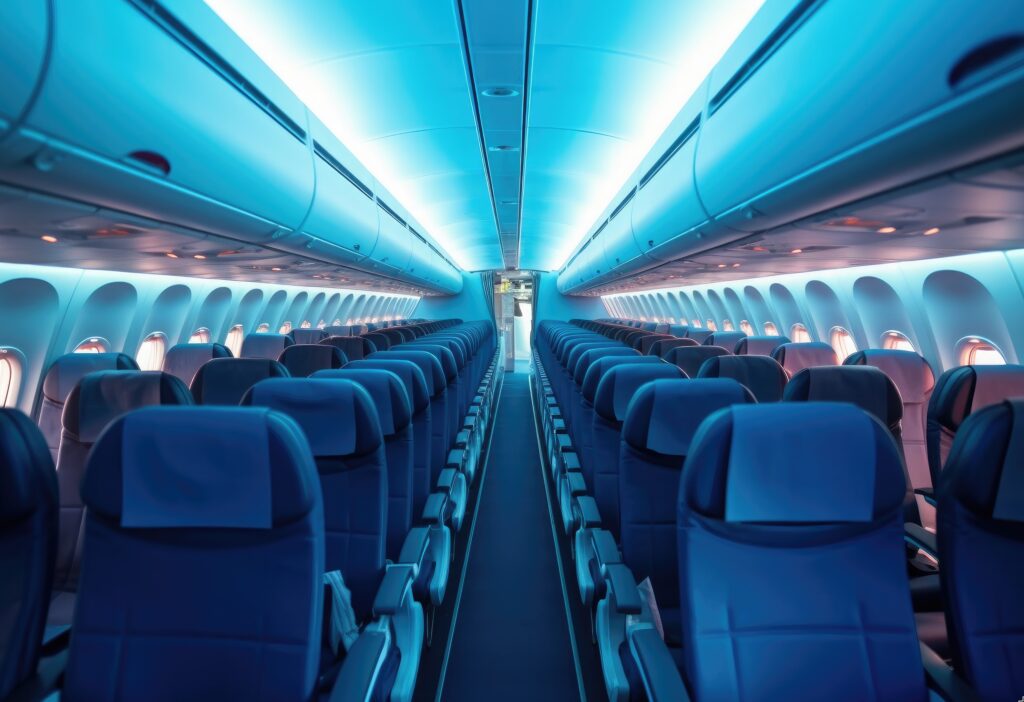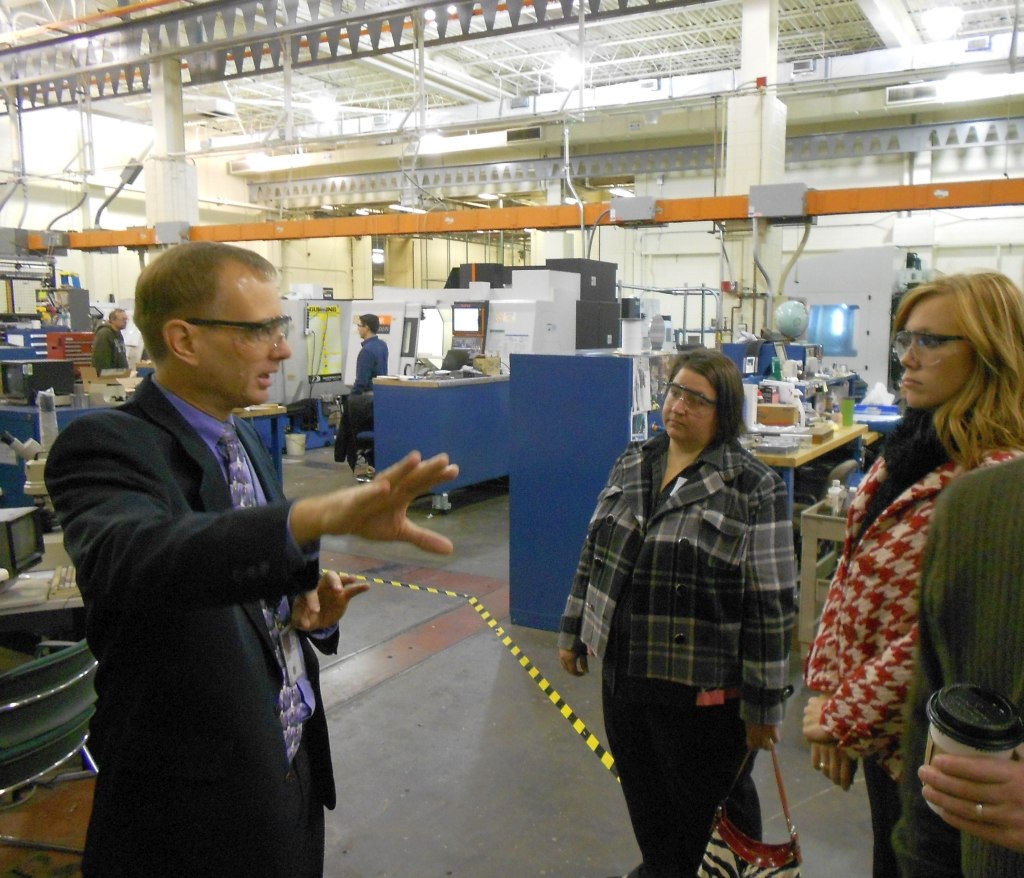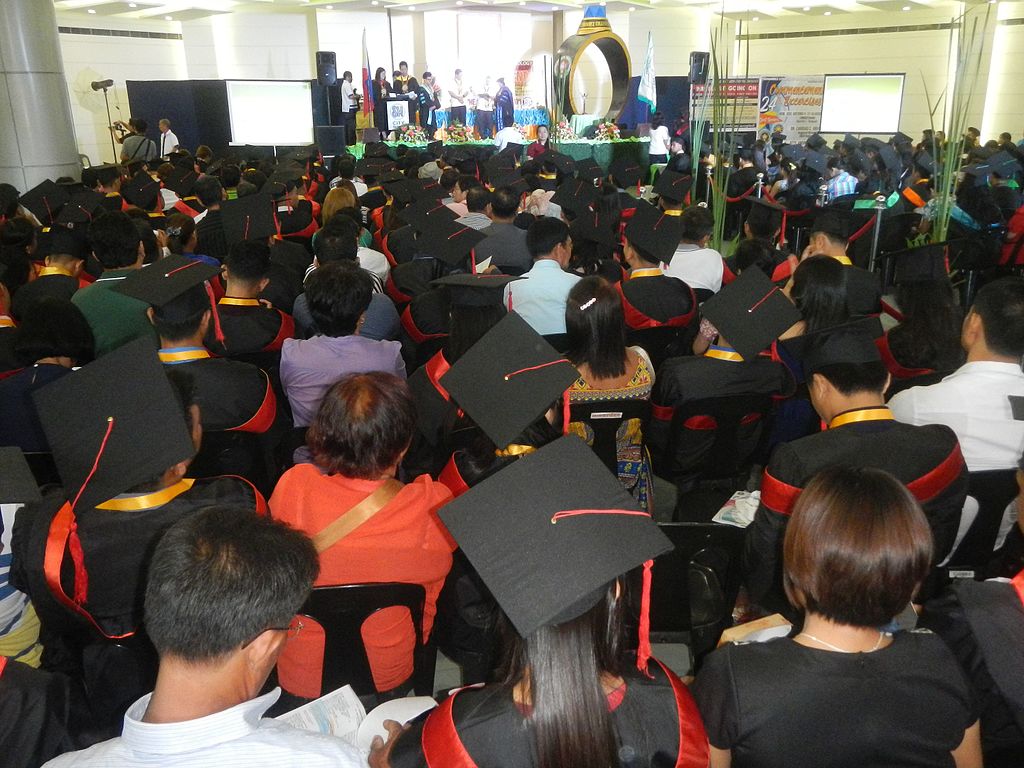The world of aviation, by its very nature, pushes the boundaries of what’s possible. Aviation life support, in particular, grapples with creating optimal environments for pilots and passengers, often miles above the ground. An essential facet of this is the environmental control system (ECS).
While these systems have evolved significantly, they still face a multitude of challenges. Here, we’ll dive deep into these issues and explore the innovative solutions being developed in response.
Understanding The Importance Of ECS
ECS in aviation plays a pivotal role in ensuring the safety and comfort of those on board. It regulates temperature, pressure, and air composition, essentially creating a ‘livable bubble’ in the vast expanse of the sky. The integrity of these systems directly impacts the well-being of every individual aboard, from passengers to crew.
Additionally, a robust ECS can enhance the overall efficiency of an aircraft, allowing for extended flight durations and improved fuel economy. Without these systems, modern aviation would be, quite literally, an uphill battle.
The Ever-Present Challenges
- Altitude Changes and Pressure Regulation: As an aircraft ascends or descends, the external pressure varies dramatically. This can potentially harm humans on board. The major challenge is how to consistently maintain an optimal internal pressure.
- Temperature Control: Aircraft often traverse through varying climatic conditions, each demanding its unique set of temperature and humidity levels. It’s like hopping between deserts and snowfields in mere hours!
- Efficiency and Energy Consumption: With soaring fuel prices and the push for sustainable solutions, the energy efficiency of ECS becomes more than just a technical challenge—it’s an economic and environmental one.
Innovative Solutions On The Horizon
- Adaptive Systems: By leveraging artificial intelligence and advanced sensors, ECS can now predict and adapt to changes even before they happen. This proactive approach can make a substantial difference in efficiency.
- Materials with Memory: Imagine materials that change their properties based on the environment. They could provide passive environmental control, reducing the load on active systems.
- Integrated Life Support Systems: Instead of disparate systems for pressure, temperature, and air quality, the future lies in holistic solutions that take a comprehensive approach to environmental control.
Air Quality: Beyond Just Oxygen
While it’s true that maintaining optimal oxygen levels is vital, it’s just the tip of the iceberg. The ECS also must filter out contaminants, manage CO2 levels, and ensure that the air doesn’t become too dry. Modern aircraft now also grapple with the challenge of minimizing airborne pathogens, ensuring a healthier environment within the cabin.
The introduction of advanced filtration systems, such as HEPA filters and UV light disinfection, acts as a second line of defense against microbial threats. Innovative filtration systems and adaptive ventilation mechanisms are now being incorporated to address these concerns.
The Issue Of Redundancy
If there’s one thing you can’t afford in aviation, it’s a system failure. Therefore, ensuring redundancy in ECS has become a priority. While having backup systems is an age-old strategy, the new approach focuses on creating modular systems that can self-diagnose and repair.
Moreover, these innovative modular systems contribute to quicker turnaround times during maintenance, minimizing aircraft downtime.
The Green Push: Making ECS Eco-Friendly
With growing awareness of environmental concerns, there’s a significant push to make ECS sustainable. This means using eco-friendly refrigerants, ensuring minimal energy wastage, and even harnessing renewable energy sources. As global emissions standards tighten, the aviation industry is under increasing pressure to adapt and revolutionize their environmental control strategies.
Balancing Act: Performance Vs. Weight
In aviation, weight is a perpetual concern. Every additional pound affects fuel efficiency. As such, the ECS must be robust and efficient, without adding undue weight to the aircraft. Incorporating lightweight materials without compromising system robustness has become the linchpin in modern ECS design.
Addressing Noise And Vibration
Anyone who’s been on an aircraft knows that it’s not always the quietest experience. Part of this noise can be attributed to the ECS. Fortunately, innovations in noise dampening and vibration control are coming to the rescue. Emerging technologies now prioritize silent operation, enhancing passenger experience by reducing intrusive noises and unsettling vibrations.
FAQs
Q: How crucial is ECS in modern aviation?
A: Without effective environmental control systems, maintaining a safe and comfortable environment for passengers and crew at high altitudes would be impossible.
Q: Are eco-friendly ECS solutions as efficient as traditional ones?
A: While early eco-friendly solutions may have lagged in efficiency, advancements in technology have allowed them to match, if not exceed, traditional systems in performance.
Q: How does adaptive technology enhance ECS?
A: By predicting changes and adapting in real-time, adaptive systems ensure optimal conditions, improve efficiency, and reduce the strain on other aircraft systems.
Q: How are renewable energy sources being integrated into ECS?
A: Through innovative design and technology, solar panels and energy storage solutions are being explored to power ECS components, thereby reducing dependency on non-renewable resources.
Q: With the emphasis on eco-friendly designs, is the safety of the ECS compromised?
A: Absolutely not. While the push is towards sustainability, safety remains paramount. Modern eco-friendly ECS designs undergo rigorous testing to ensure they meet or exceed existing safety standards.
Next-Generation Materials And Their Role In ECS
Advanced materials are shaping the future of aviation’s environmental control systems.
Nanotechnology is enabling the creation of super-insulating materials, enhancing ECS’s thermal performance.
Memory alloys, which can change shape in response to temperature changes, offer potential for passive environmental adjustments.
Research into porous materials and advanced ceramics has potential implications for improved air filtration.
Incorporating these next-generation materials can lead to both weight and energy savings, making aircraft more efficient and eco-friendly.
The realm of environmental control in aviation life support, with its array of challenges, truly exemplifies the spirit of innovation inherent in the aerospace industry. As we soar into the future, the continuous evolution of ECS promises safer, more comfortable, and sustainable journeys for all. By embracing adaptive systems, integrating holistic solutions, and prioritizing eco-friendliness, we’re charting a course for a sky-high tomorrow.
Navigating the challenges and complexities of environmental control in aviation exemplifies human ingenuity at its finest. The blend of technology, sustainability, and safety considerations is a testament to the aerospace industry’s dedication to progress. As technology evolves and our understanding of environmental needs deepens, the horizon only promises even more advancements and refinements in the world of aviation life support.



